
Unsplash

Domingo, 5 de enero 2025
Pocas cosas en el mundo han sido tan constantes y a la vez tan misteriosas como los frutos secos. Esos pequeños tesoros, envueltos en cáscaras que los protegen como cofres antiguos, guardan secretos que la mayoría ignora. La tendencia a referirse a todos los frutos secos como "nueces" tiene su raíz en una mezcla de tradición cultural, lingüística y botánica, sin embargo, este uso es más coloquial que técnico.
La palabra "nuez" proviene del latín nux, que originalmente hacía referencia a los frutos duros y secos, especialmente a las nueces propiamente dichas (como las del nogal). Con el tiempo, en el lenguaje cotidiano, la palabra comenzó a usarse para describir cualquier fruto pequeño, duro y comestible que estuviera protegido por una cáscara resistente.
Desde un punto de vista botánico, una "nuez" es un tipo de fruto seco específico. En botánica, una nuez verdadera es un fruto seco indehiscente, lo que significa que su cáscara no se abre de manera natural para liberar la semilla (como sucede con la avellana o las bellotas), sin embargo, muchos de los frutos secos que llamamos "nueces" no cumplen con esta definición. Por ejemplo: la almendra, el pistacho y el anacardo son técnicamente semillas de drupas, por eso, el uso generalizado del término "nuez" para agruparlos proviene de una asociación más basada en su apariencia, uso culinario y textura, que en una clasificación científica rigurosa.
En el idioma inglés, ocurre algo similar con el término "nuts", que también se usa para referirse a un amplio grupo de frutos secos, independientemente de si son botánicamente nueces. Esta flexibilidad lingüística se ha reflejado en muchos idiomas, incluido el español, donde el uso de "nuez" como término genérico se ha popularizado.
En épocas pasadas, las clasificaciones científicas no eran tan estrictas ni accesibles, y las comunidades rurales y comerciantes tendían a agrupar productos por su utilidad o apariencia. Esto llevó a que los frutos secos en general fueran tratados como un solo grupo bajo el término "nueces", pero, aunque no todos los frutos secos son técnicamente nueces, el uso del término para describirlos colectivamente se ha mantenido por su simplicidad y comodidad en la comunicación, así que, aunque no sea del todo correcto desde un punto de vista botánico según los expertos, el término "nuez" ha logrado convertirse en universal para estos pequeños tesoros naturales, aunque cuando los vas a comprar, debes especificar cuál quieres en realidad.
Como también he visto aquí en Blurt algunos datos acerca de ellos, pues yo también te dejo aquí información interesante, como si cada árbol destinado a dar a luz un fruto seco, me hubiera revelado todo en un sueño en vez de en un susurro de inteligencia artificial:
La nuez, un cerebro en miniatura:
Más allá de su forma, que parece un pequeño cerebro humano, la nuez esconde un dato fascinante: es rica en ácidos grasos Omega-3, esenciales para la salud del cerebro. Pero aquí está el giro intrigante: un estudio reciente descubrió que consumir nueces regularmente podría ralentizar el envejecimiento cognitivo, como si fueran pequeñas cápsulas de sabiduría que retrasan el paso del tiempo en nuestra mente.
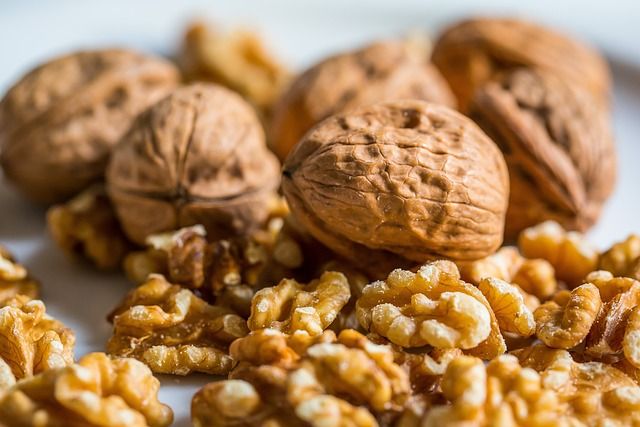
Pixabay
Los almendros y la magia de su floración nocturna:
Se dice que los almendros no solo florecen para atraer polinizadores, sino para contar historias al viento nocturno. En noches cálidas, sus flores liberan un aroma dulce que guía a los insectos, como si fueran pequeñas señales de humo. Este baile nocturno entre árbol y polinizador asegura la perpetuidad del fruto. Es un acto de amor eterno que pocos llegan a presenciar.
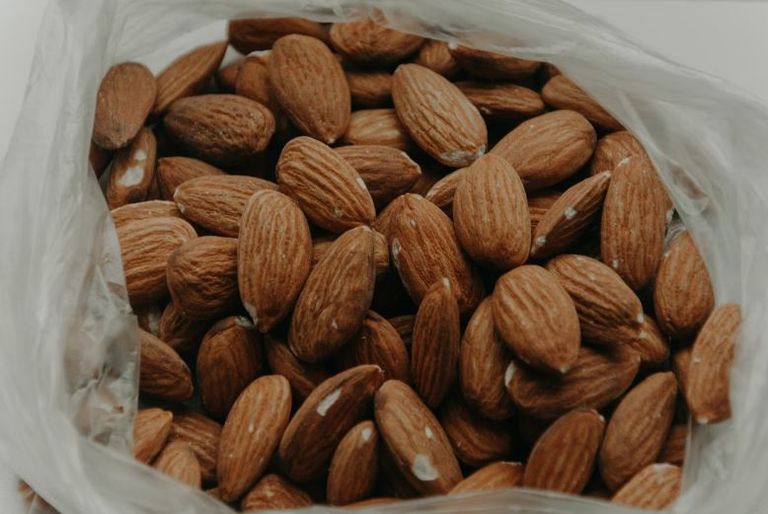
Unsplash
El pistacho y su "risa" secreta:
¿Alguna vez notaste que los pistachos parecen reír? En realidad, esa apertura natural de su cáscara es el resultado de un mecanismo de supervivencia. Cuando el fruto alcanza la madurez, la cáscara se abre debido a la presión interna. Pero aquí está lo curioso: en algunas culturas antiguas, se creía que los pistachos reían porque eran portadores de buena fortuna, como si supieran un secreto del futuro que aún no nos han contado.
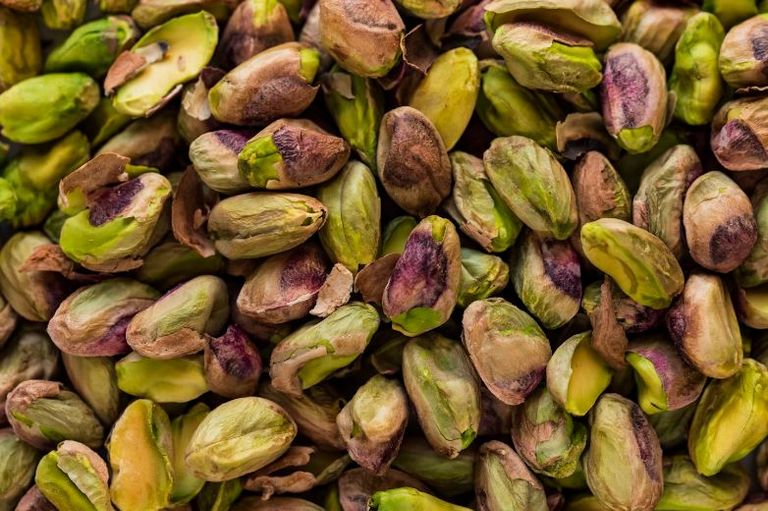
Unsplash
La avellana, una moneda y un símbolo de sabiduría:
Hace siglos, antes de que el oro y la plata se convirtieran en el estándar de riqueza, las avellanas eran utilizadas como moneda en regiones del norte de Europa. Pero, ¿por qué? Se descubrió que las avellanas podían almacenarse durante años sin perder su valor nutricional, convirtiéndose en una fuente de energía perenne, casi inmortal.
Para los antiguos celtas, el avellano era un árbol sagrado. Creían que sus frutos contenían el conocimiento del universo. Según la mitología, un salmón que se alimentaba exclusivamente de avellanas caídas se convertía en el "Salmón del Conocimiento", una criatura mítica que otorgaba sabiduría infinita a quien lo comiera. Este simbolismo convirtió a las avellanas en ingredientes fundamentales de rituales y pociones mágicas.

Pixabay
El anacardo y su doble identidad:
Este fruto seco no es lo que parece. Aunque solemos llamarlo “fruto seco”, el anacardo crece como una semilla unida a una fruta carnosa llamada "manzana de anacardo". Lo más sorprendente es que esta fruta, a menudo ignorada, contiene un jugo ácido y refrescante que en algunas culturas se considera un manjar raro, como si fuera el alma oculta del anacardo, además de ser una deliciosa semilla, el líquido extraído de la cáscara del cajú tiene propiedades sorprendentes. En la industria, se usa para fabricar barnices y tintes resistentes, y en épocas antiguas, se utilizaba para teñir hilos de seda. Este pequeño fruto ha sido cómplice de la creación de prendas delicadas y tesoros artísticos, uniendo lo natural con lo humano.
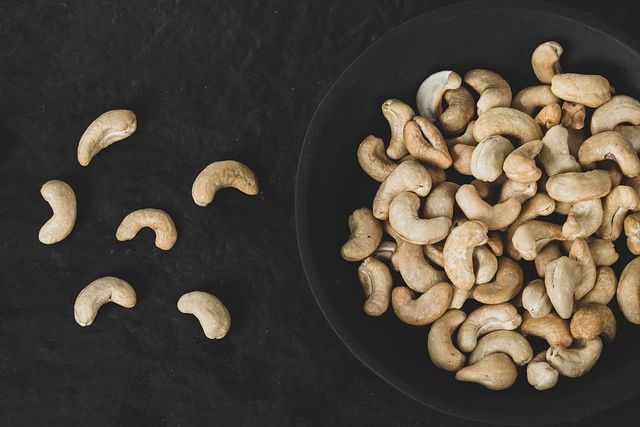
Pixabay
El poder escondido de las castañas:
A diferencia de otros frutos secos, las castañas tienen un contenido más alto de agua y menos grasa, lo que las hace únicas. Sin embargo, lo más asombroso es que en la antigua Roma, las castañas se molían para hacer harina y alimentar a ejércitos enteros. Era como si estas pequeñas joyas tuvieran la capacidad de sostener civilizaciones enteras, un legado escondido bajo su capa marrón brillante.
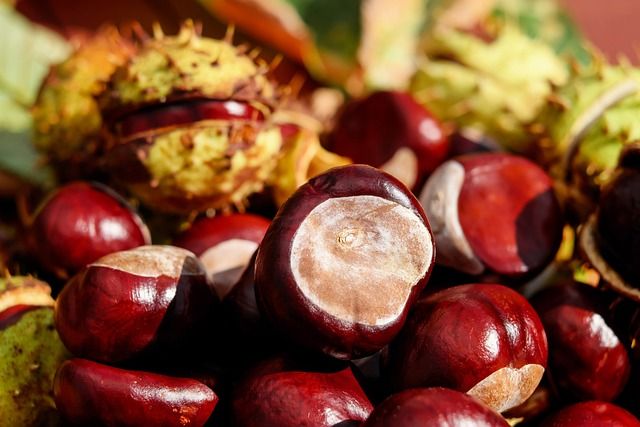
Pixabay
La joya del fuego eterno:
Así se considera a la macadamia, una de las nueces más caras del mundo porque tiene un secreto que pocos conocen: su cáscara es tan dura que incluso algunos animales que se alimentan de frutos secos no pueden romperla, pero lo realmente fascinante es que la cáscara de la macadamia es un combustible natural excepcionalmente eficiente. En algunas regiones, se utiliza como material para alimentar hornos, ardiendo con una intensidad y duración casi mágicas. Es como si el árbol hubiera creado no solo un manjar, sino también un recurso energético oculto.
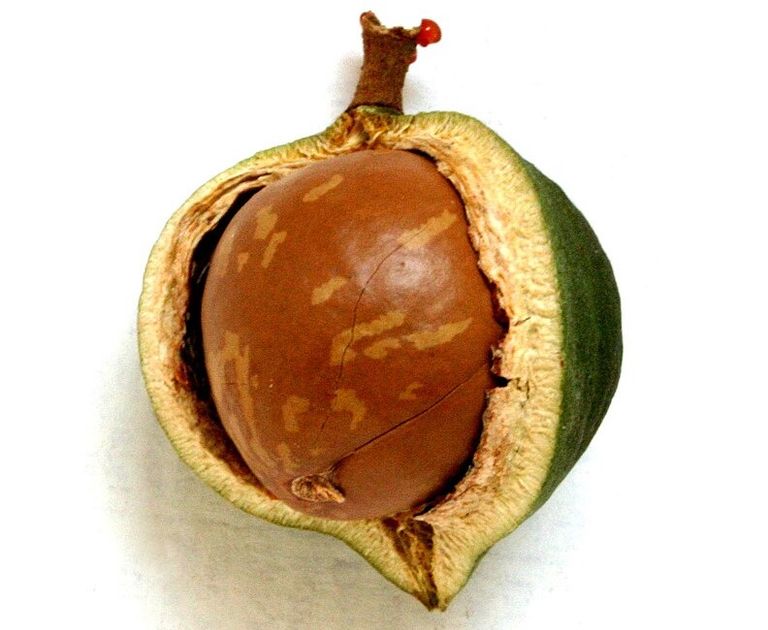
Wikipedia
La peculiaridad del cacahuate:
Aunque lo llamamos "fruto seco", el cacahuate no es ni una nuez ni un fruto seco al cien por ciento, ya que se trata de una leguminosa en términos taxonómicos. Crece bajo tierra, como si fuera un tesoro enterrado que espera ser descubierto. Pero lo realmente curioso es que, según estudios, el cacahuate contiene más proteínas que cualquier otro fruto seco, lo que lo convierte en un alimento crucial en zonas de escasos recursos. Es un regalo de la tierra que, en su sencillez, guarda el poder de combatir la desnutrición.
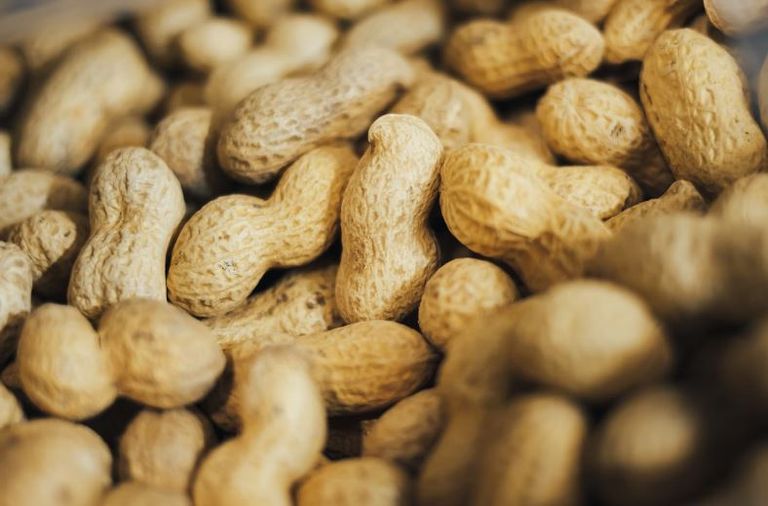
Unsplash
La nuez pecana, un regalo de los nativos americanos:
Los pueblos nativos de América del Norte veneraban la nuez pecana mucho antes de que llegara a los mercados modernos. Su nombre proviene de un término indígena que significa “nuez que requiere una piedra para romperse”. Pero aquí está el detalle mágico: las pecanas eran consideradas alimento espiritual, ofrecidas en ceremonias para invocar prosperidad y fortaleza. Se creía que comer pecanas conectaba a las personas con la energía de los bosques ancestrales.
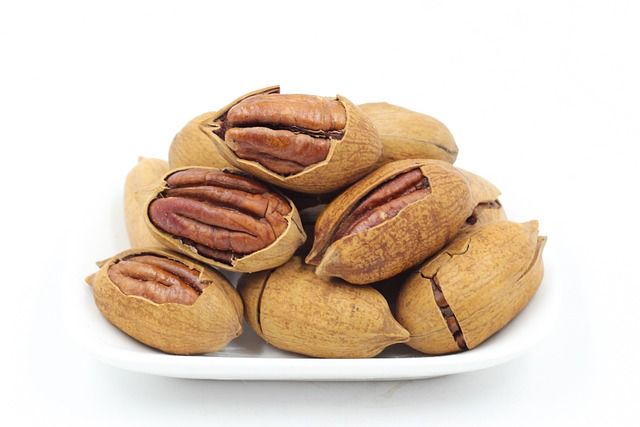
Pixabay
El piñón es un fruto que desafía el tiempo:
Este diminuto fruto seco, extraído de las piñas de ciertos pinos, tarda años en formarse. Algunos pinos tardan hasta 20 años en producir sus primeros piñones. Sin embargo, lo más enigmático es que los piñones pueden permanecer dentro de las piñas, protegidos del mundo exterior, durante décadas, como si fueran pequeños cofres que guardan la esencia de los bosques milenarios.
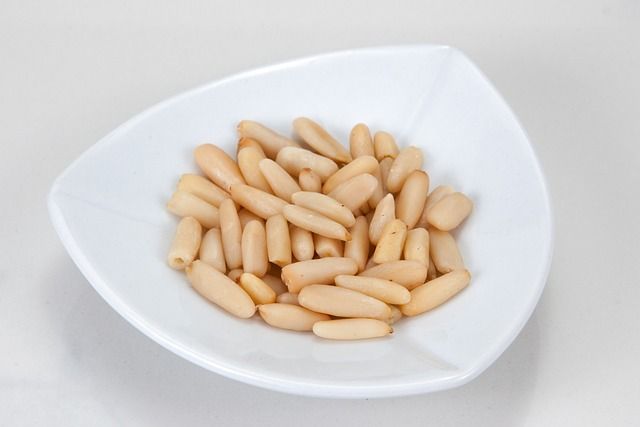
Pixabay
La nuez de Brasil y su alianza con la naturaleza:
Cada nuez de Brasil es el resultado de un trabajo colectivo entre el árbol Bertholletia excelsa, las abejas gigantes que lo polinizan y los roedores agutíes, que entierran las semillas, ayudando al árbol a dispersarse. Pero lo más asombroso es que estos árboles gigantes pueden vivir más de 500 años, convirtiendo a la nuez de Brasil en un legado vivo, un puente entre generaciones humanas y naturales.
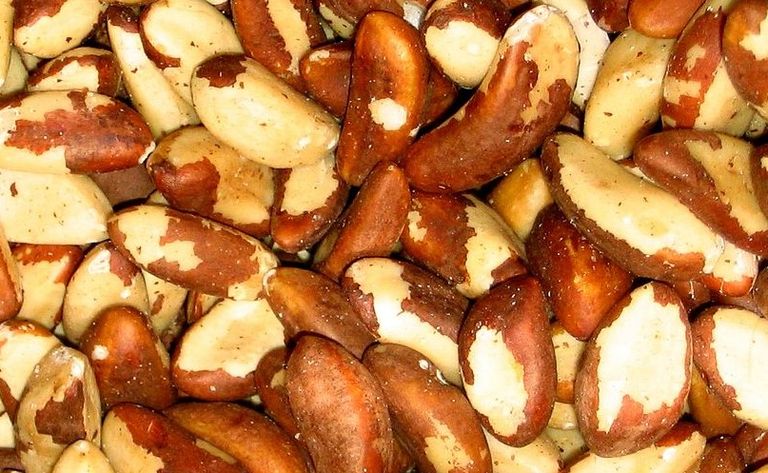
Wikipedia
El coco es el "fruto seco gigante" con mil vidas:
Aunque técnicamente es una drupa, el coco comparte un mundo con los frutos secos debido a su versatilidad, pero lo intrigante es su capacidad para resistir el paso del tiempo. Las cáscaras de coco, impermeables y flotantes, pueden viajar miles de kilómetros a través del océano antes de encontrar un lugar para germinar. Cada coco es una historia de resiliencia, llevando consigo el potencial de una nueva vida.
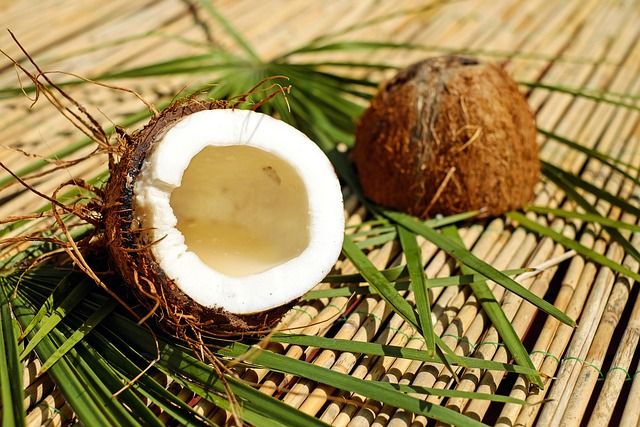
Pixabay
Los frutos secos son mucho más que simples bocados crujientes con propiedades beneficiosas para la salud, ya que también son narradores de historias ancestrales, por eso, al descubrir más de ellos, no solo conocemos su historia, sino también un poco más de la nuestra, aunque en nuestro país los frutos secos sean productos introducidos y no propios. Mi mamá dice que cada fruto seco es un mundo en miniatura y yo, pienso que se trata de un testigo silencioso de la evolución, la cultura y la supervivencia: dos versiones, pero que no se separan, sino que llegan a una creencia y verdad.
Esta fue una publicación de domingo.
Gracias por pasarse a leer un rato, amigas, amigos, amigues de Blurt.
Que tengan un excelente día y que Dios los bendiga grandemente.
Saludines, camaradas blurtinenses!!

Sunday, january 5th, 2025.
Few things in the world have been as constant and at the same time as mysterious as nuts. These little treasures, wrapped in shells that protect them like ancient chests, hold secrets that most people don't know about. The tendency to refer to all nuts as "nuts" has its roots in a mix of cultural, linguistic and botanical tradition, however, this usage is more colloquial than technical.
The word "nut" comes from the Latin nux, which originally referred to hard, dry fruits, especially nuts proper (such as those of the walnut tree). Over time, in everyday language, the word began to be used to describe any small, hard, edible fruit that was protected by a tough shell.
From a botanical point of view, a "nut" is a specific type of nut. In botany, a true nut is an indehiscent nut, meaning that its shell does not naturally split open to release the seed (as happens with hazelnuts or acorns), but many of the nuts we call "nuts" do not fit this definition. For example, almonds, pistachios, and cashews are technically drupe seeds, so the widespread use of the term "nut" to group them together comes from an association based more on appearance, culinary use, and texture than on rigorous scientific classification.
In the English language, something similar happens with the term "nuts," which is also used to refer to a broad group of dried fruits, regardless of whether they are botanically nuts. This linguistic flexibility has been reflected in many languages, including Spanish, where the use of "nuez" as a generic term has become popular.
In times past, scientific classifications were not as strict or accessible, and rural communities and merchants tended to group products by their utility or appearance. This led to nuts in general being treated as a single group under the term "nueces," but, although not all nuts are technically nuts, the use of the term to describe them collectively has persisted for its simplicity and convenience in communication, so, although it is not entirely correct from a botanical point of view according to experts, the term "nuez" has managed to become universal for these small natural treasures, although when you go to buy them, you must specify which one you really want.
As I have also seen here on Blurt some data about them, I also leave you here with some interesting information, as if each tree destined to give birth to a dry fruit, had revealed everything to me in a dream instead of in a whisper of artificial intelligence:
Walnuts, a miniature brain:
Beyond its shape, which looks like a small human brain, walnuts hide a fascinating fact: they are rich in Omega-3 fatty acids, essential for brain health. But here's the intriguing twist: a recent study found that regularly consuming walnuts could slow down cognitive aging, as if they were little capsules of wisdom that delay the passage of time in our minds.
Almond trees and the magic of their nocturnal flowering:
It is said that almond trees do not only bloom to attract pollinators, but to tell stories to the night wind. On warm nights, their flowers release a sweet aroma that guides insects, as if they were little smoke signals. This nocturnal dance between tree and pollinator ensures the perpetuity of the fruit. It is an act of eternal love that few get to witness.
The pistachio and its secret "laughter":
Have you ever noticed that pistachios seem to laugh? In fact, this natural opening of the shell is the result of a survival mechanism. When the fruit reaches maturity, the shell opens due to internal pressure. But here's the funny thing: in some ancient cultures, pistachios were believed to laugh because they were bearers of good fortune, as if they knew a secret of the future that they haven't told us yet.
The hazelnut, a currency and a symbol of wisdom:
Centuries ago, before gold and silver became the standard of wealth, hazelnuts were used as currency in regions of northern Europe. But why? It was discovered that hazelnuts could be stored for years without losing their nutritional value, becoming a perennial, almost immortal source of energy.
For the ancient Celts, the hazelnut was a sacred tree. They believed that its fruits contained the knowledge of the universe. According to mythology, a salmon that fed exclusively on fallen hazelnuts became the "Salmon of Knowledge," a mythical creature that granted infinite wisdom to whoever ate it. This symbolism made hazelnuts essential ingredients in rituals and magic potions.
The cashew and its double identity:
This dried fruit is not what it seems. Although we usually call it a “nut,” the cashew grows as a seed attached to a fleshy fruit called a “cashew apple.” What’s most amazing is that this often-ignored fruit contains a refreshing, acidic juice that is considered a rare delicacy in some cultures, as if it were the hidden soul of the cashew. In addition to being a delicious seed, the liquid extracted from the cashew shell has surprising properties. In industry, it is used to make varnishes and resistant dyes, and in ancient times, it was used to dye silk threads. This little fruit has been complicit in the creation of delicate garments and artistic treasures, uniting the natural with the human.
The hidden power of chestnuts:
Unlike other nuts, chestnuts have a higher water content and less fat, making them unique. However, what’s most amazing is that in ancient Rome, chestnuts were ground into flour to feed entire armies. It was as if these tiny jewels had the ability to sustain entire civilizations, a legacy hidden beneath their shiny brown coat.
The jewel of eternal fire:
This is how macadamia is considered, one of the most expensive nuts in the world because it has a secret that few know: its shell is so hard that even some animals that eat nuts cannot break it, but what is really fascinating is that the shell of the macadamia is an exceptionally efficient natural fuel. In some regions, it is used as a material to feed ovens, burning with an almost magical intensity and duration. It is as if the tree had created not only a delicacy, but also a hidden energy resource.
The peculiarity of the peanut:
Although we call it a "nut", the peanut is neither a nut nor a 100% nut, since it is a legume in taxonomic terms. It grows underground, as if it were a buried treasure waiting to be discovered. But the really curious thing is that, according to studies, peanuts contain more protein than any other nut, making them a crucial food in areas with scarce resources. They are a gift from the earth that, in its simplicity, holds the power to combat malnutrition.
Pecans, a gift from Native Americans:
Native peoples of North America revered the pecan long before it reached modern markets. Its name comes from an indigenous term meaning “nut that requires a stone to crack.” But here’s the magical detail: pecans were considered spiritual food, offered in ceremonies to invoke prosperity and strength. Eating pecans was believed to connect people with the energy of ancient forests.
The pine nut is a fruit that defies time:
This tiny nut, extracted from the cones of certain pines, takes years to form. Some pines take up to 20 years to produce their first pine nuts. However, the most enigmatic thing is that the pine nuts can remain inside the cones, protected from the outside world, for decades, as if they were small chests that hold the essence of ancient forests.
The Brazil nut and its alliance with nature:
Each Brazil nut is the result of collective work between the Bertholletia excelsa tree, the giant bees that pollinate it and the agouti rodents, which bury the seeds, helping the tree to disperse. But the most amazing thing is that these giant trees can live for more than 500 years, making the Brazil nut a living legacy, a bridge between human and natural generations.
The coconut is the “giant nut” with a thousand lives:
Although technically a drupe, the coconut shares a world with nuts due to its versatility, but what is intriguing is its ability to withstand the test of time. Waterproof and buoyant, coconut shells can travel thousands of miles across the ocean before finding a place to germinate. Each coconut is a story of resilience, carrying with it the potential for new life.
Nuts are much more than just crunchy morsels with health-promoting properties, as they are also the narrators of ancestral stories. Therefore, by discovering more about them, we not only learn about their history, but also a little more about our own, even though in our country nuts are introduced products and not native ones. My mother says that each nut is a miniature world and I think that it is a silent witness to evolution, culture and survival: two versions, but which are not separated, but rather arrive at a belief and a truth.
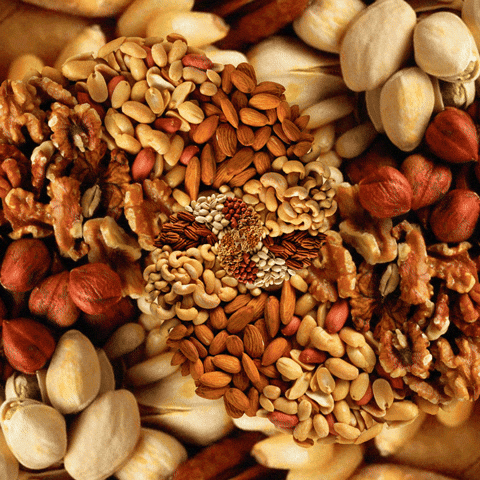
Giphy
This was a sunday post.
Thanks for stopping by to read for a while, Blurt friends.
Have a great day and may God bless you greatly.
Regards, comrades blurtarians!!
Translation: Deepl.com
